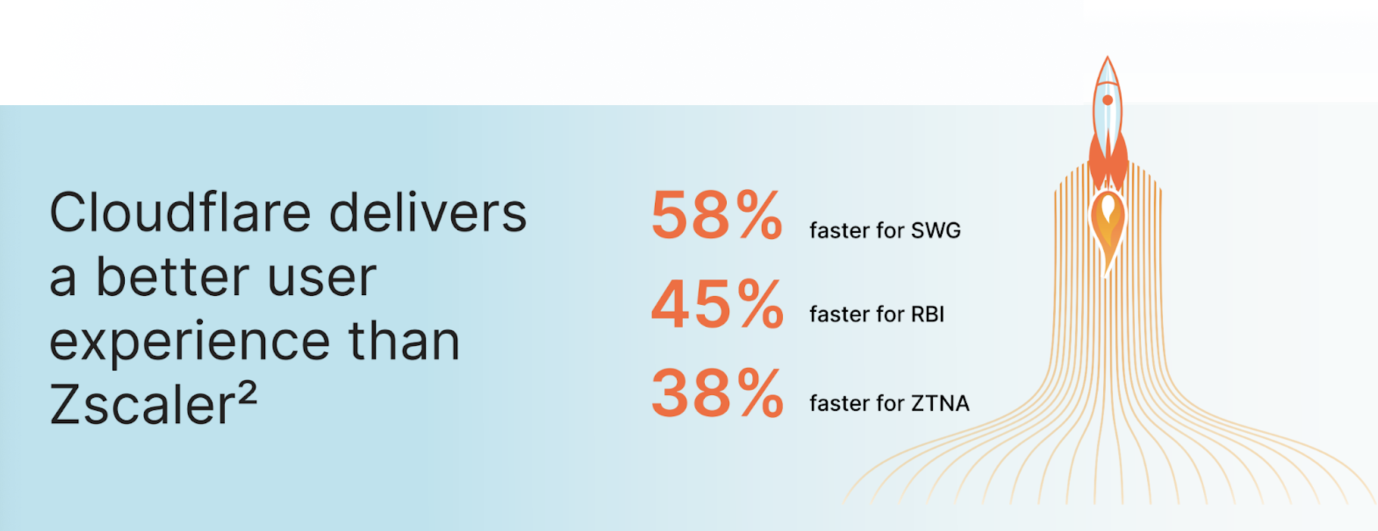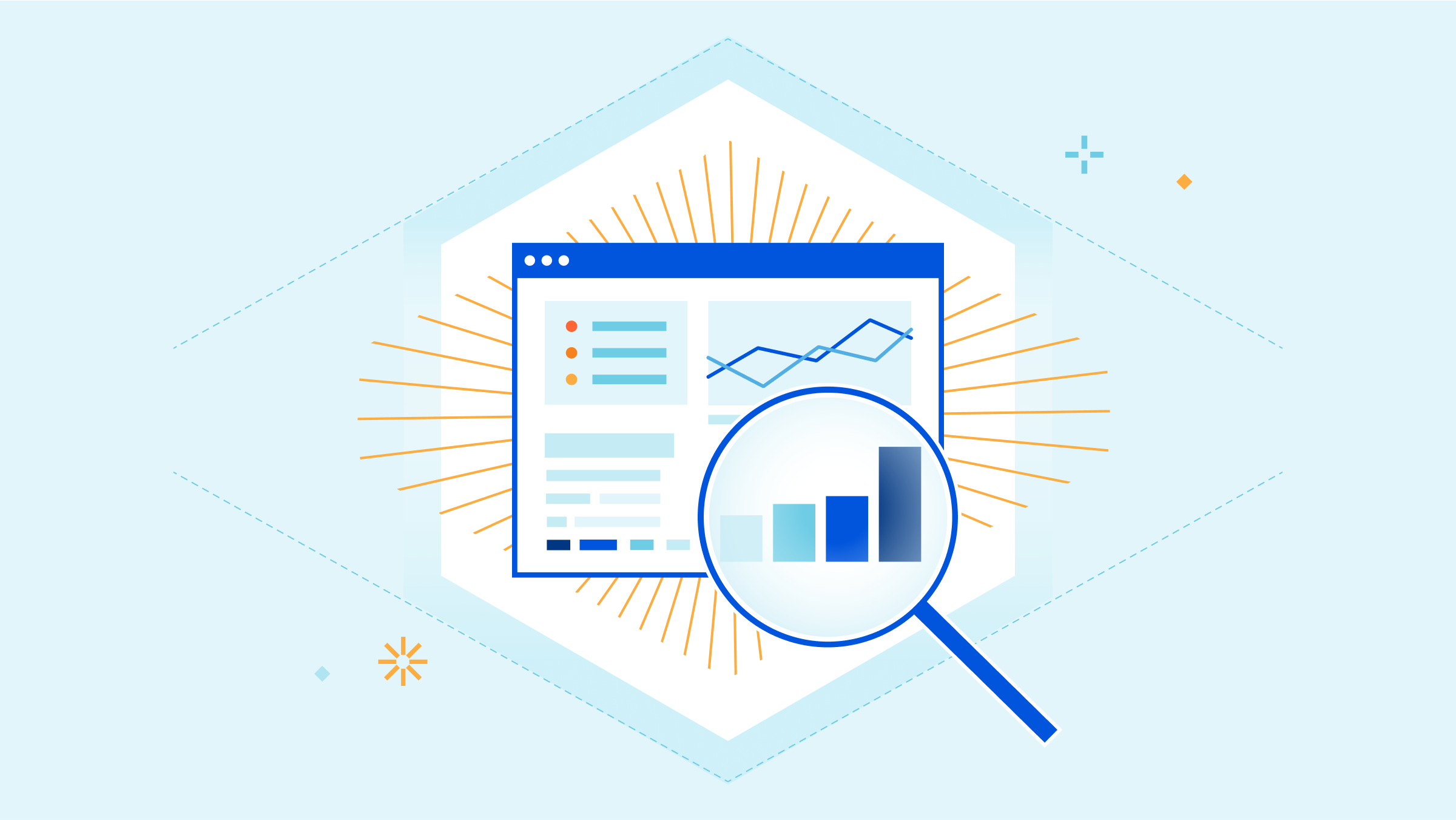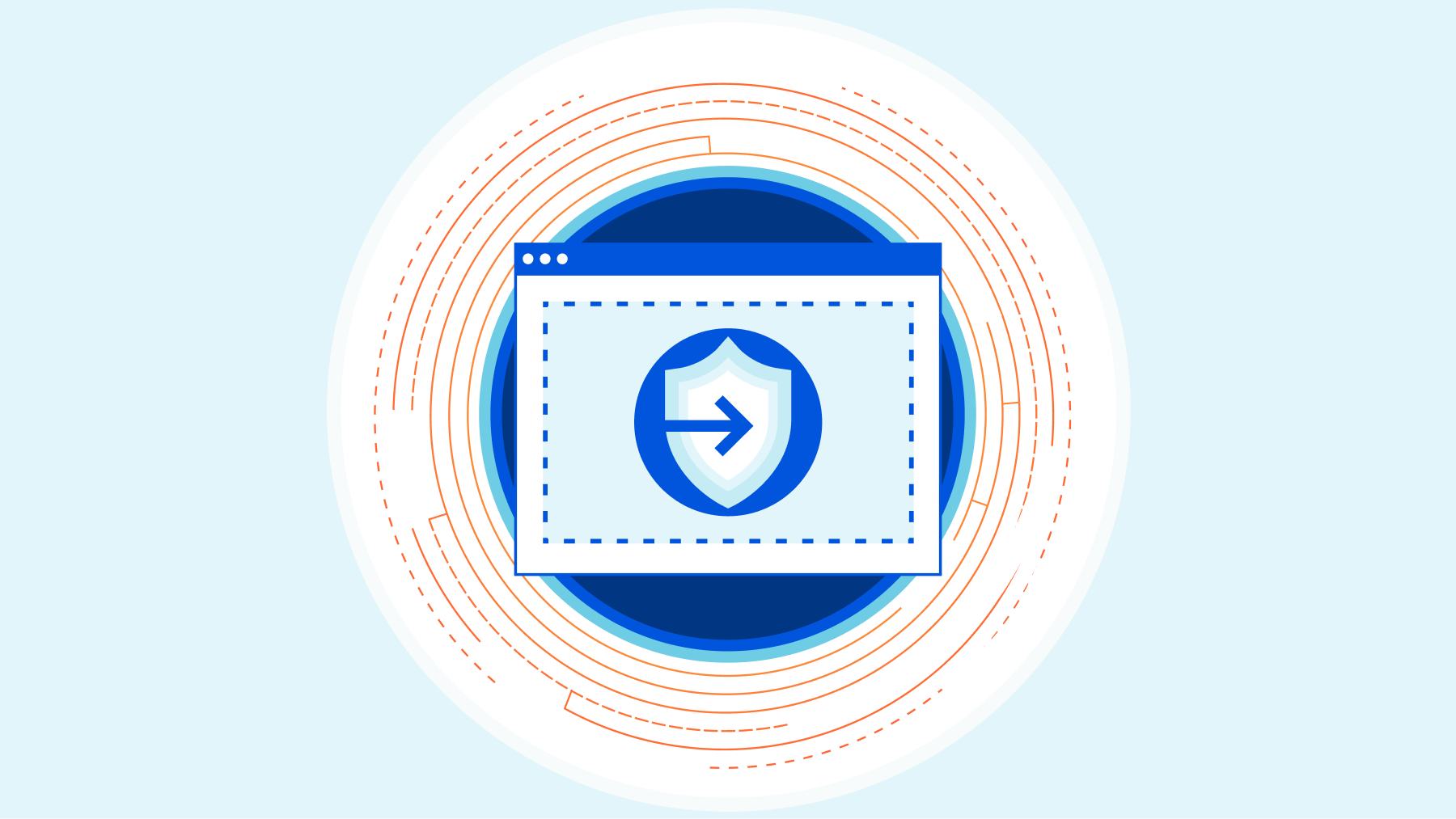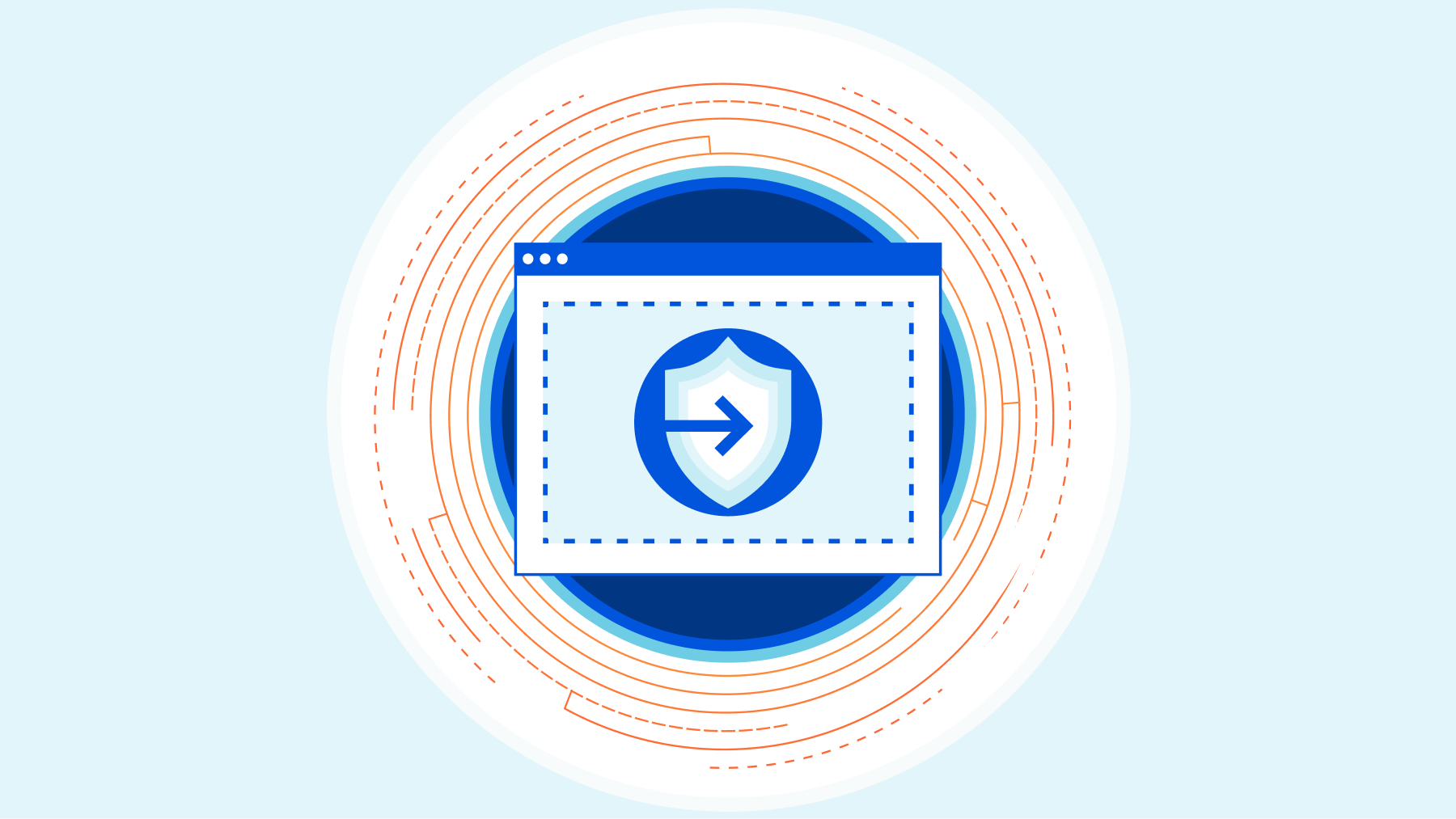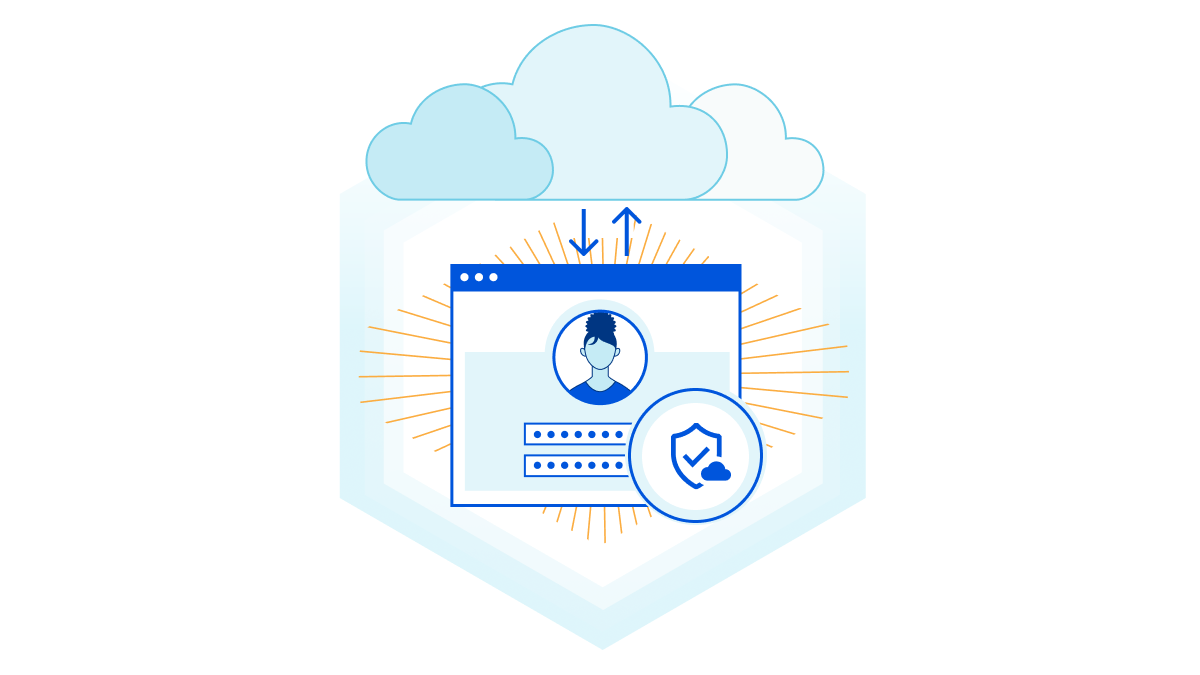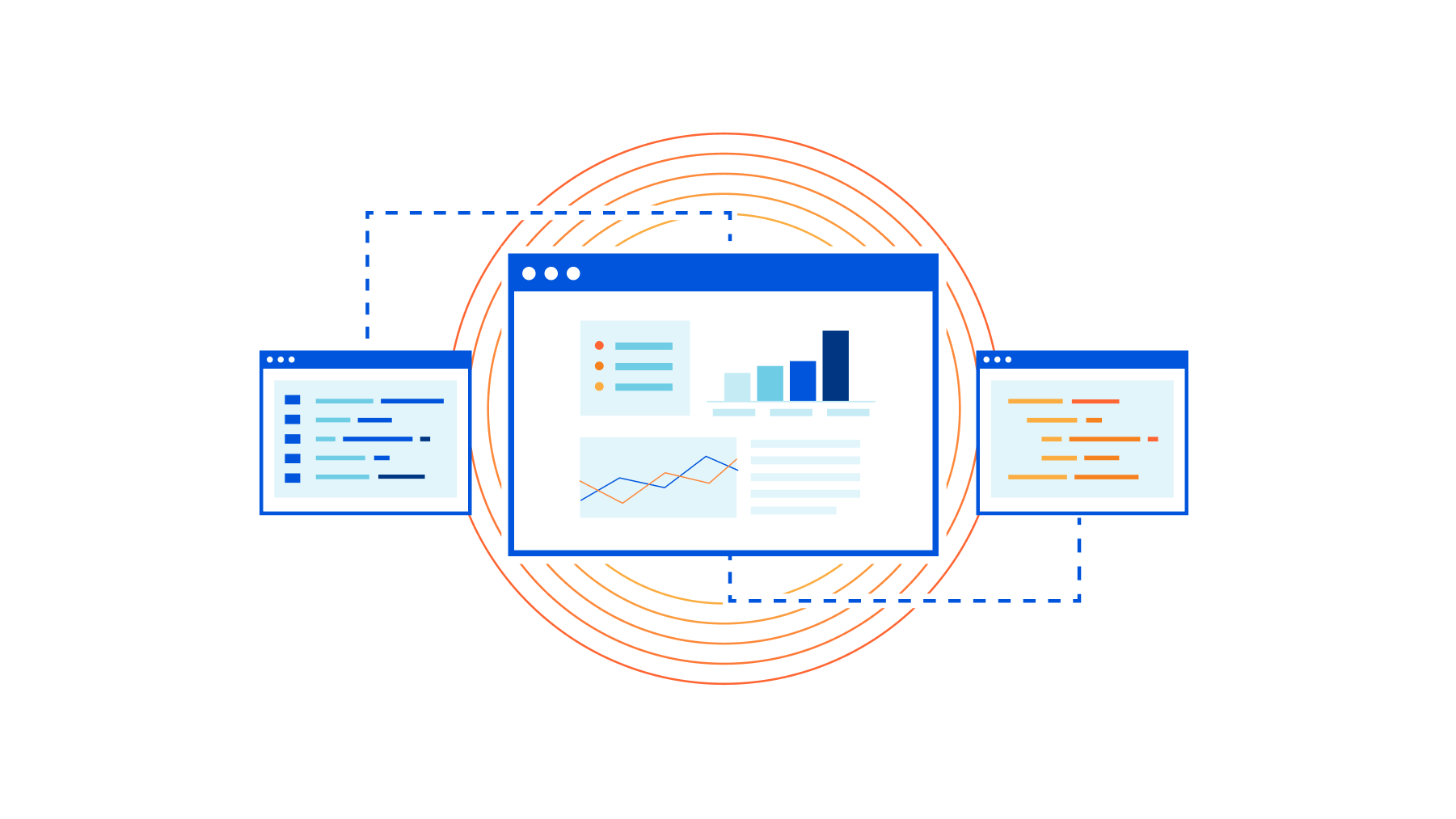Post Syndicated from Corey Mahan original https://blog.cloudflare.com/deskope-program-and-asdp-for-desclaer

Today, Cloudflare is launching early access to the Deskope Program, a new set of tooling to help migrate existing Netskope customers to Cloudflare One for a faster and easier security experience. In addition, we’re also thrilled to announce the expansion of the Descaler Program to Authorized Service Delivery Partners, who will now have exclusive access to the Descaler toolkit to help customers move safely and quickly to Cloudflare.
Introducing Deskope — Migrate from Netskope to Cloudflare One
To set the stage, Cloudflare One is our Secure Access Service Edge (SASE) platform that combines network connectivity services with Zero Trust security on one of the fastest, most resilient, and most composable global networks. The Descaler Program was announced in early 2023 as a frictionless path to migrate existing Zscaler customers to Cloudflare One. Today, we are announcing the Deskope Program as a new and equally effortless path to migrate existing Netskope customers to Cloudflare One.
The Deskope Program follows the same approach as the Descaler process, including the tools, process, and partners you need for a frictionless technical migration. This program is completed through architecture workshops, technical migration tooling, and when requested, trusted partner engagements.
Deskope’s approach is based on minimizing manual effort and reducing the potential for error, allowing for a migration experience that is both fast and reliable. Combining automated tools and expert support, we ensure that your Netskope configurations are accurately translated and optimized for Cloudflare’s environment. Following an extract, transform, and load sequence using API calls to your current Netskope account, the Deskope toolkit will export your current Netskope Next Gen Secure Web Gateway (SWG) configuration and transform it to be Cloudflare One-compatible before migrating it into a new Cloudflare One account (or an existing one, if you’d prefer).
Drawing from the success of the Descaler process and migrating customers in just a few hours, Cloudflare is now expanding the offering to customers who wish to migrate from Netskope to Cloudflare One.
Why Deskope? Speed and simplicity
When it comes to speed, Cloudflare Gateway, our secure web gateway, is simply faster.
During 2023’s Speed Week, we published a blog called Spotlight on Zero Trust: we’re fastest and here’s the proof comparing secure web gateway products. This data shows that Cloudflare’s Gateway is faster to more websites from more places than any of our competitors. To quote from the blog:
“In one exercise we pitted the Cloudflare Gateway and WARP client against Zscaler, Netskope, and Palo Alto which all have products that perform the same functions. Cloudflare users benefit from Gateway and Cloudflare’s network being embedded deep into last mile networks close to users, being peered with over 12,000 networks. That heightened connectivity shows because Cloudflare Gateway is the fastest network in 42% of tested scenarios:”
But speed without control can be dangerous. The good news is that all the speed is easy to manage and deploy.
When it comes to simplicity, Cloudflare One is a unified, cloud-native platform that is easy to set up and manage, with a single onboarding wizard that further streamlines setup for both policy and the single-agent deployment to endpoints. This is in contrast to Netskope, where the policy creation process can slow administrators down as they have to first build reusable objects from scratch, so even a basic Secure Web Gateway policy requires many different elements to get started. Cloudflare’s Gateway policy builder is streamlined to allow administrators to quickly set a policy’s scope by defining conditions for Gateway to match traffic against. Traffic, identity, and even device posture conditions can be joined with logical operators ‘AND’ or ‘OR’ to easily manage what would otherwise be complex filtering controls.
Cloudflare is equally committed to making the migration process as cost-effective as possible using flexible financial options for customers wanting to migrate over.
As we introduce the Deskope Program, we are equally excited to accelerate Descaler even further by inviting Authorized Service Delivery Partners to leverage the Descaler toolkit to help more customers move to Cloudflare One.
Welcome Authorized Service Delivery Partners to Descaler
In a May 2023 blog post detailing our global services partner strategy and the momentum of our Authorized Service Delivery Partner program, we showcased our partnership with service providers all around the world, highlighting the strategic importance of the program in delivering unparalleled Cloudflare solutions through our trusted network of service providers.
We are thrilled to announce that our Authorized Service Delivery Partners now have the option to access the Descaler toolkit, along with training and support materials we have developed from our global experience with key customers. This initiative is designed to empower our authorized partners, complementing their existing skills and unique service offerings.
With access to the Descaler tool, our partners will be even better equipped to assist with your critical migration requirements to Cloudflare. Plans are underway to launch exclusive Descaler training for our partners in March 2024. Access to this training, as well as the Descaler tool itself, will be by invitation only, extended to our authorized partners.
How to get started Deskoping (or Descaling)
For customers and prospects, joining the Descaler or early access Deskope Programs are as easy as signing up using the link below. From there, the Cloudflare team will reach out to you for further enrollment details. By providing details about your current SSE deployment, ongoing challenges, and future Zero Trust or SASE goals, we’ll be able to hit the ground running. To get started, sign up here.
For partners, to get detailed information and to express interest in participating, connect with your assigned Channel Account Manager or Partner Service Delivery Manager. We look forward to supporting our partners in delivering high-quality services and enhancing their capability to meet the evolving needs of the market. If you are a partner with experience in delivering Cloudflare services and would like to become an Authorized Service Delivery Partner, please use this checklist to get started.















